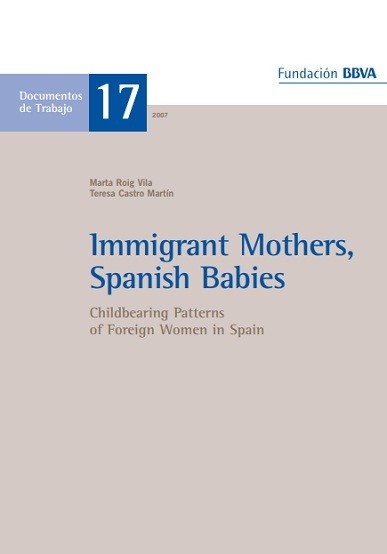
PublicationWorking Papers
Immigrant Mothers, Spanish Babies
Childbearing Patterns of Foreign Women in Spain
Spain, a country of emigration during centuries, has turned into a country of immigration in the last twenty years—the foreign population increased from 0.9% in 1991 to 8.5% in 2005. Since Spain also has one of the lowest fertility rates in the world, the potential impact of immigration on the demographic future of the country is large. Yet immigrants’ fertility patterns have received relatively little attention.
This study compares a series of reproductive indicators for Spanish and foreign women using birth microdata and presents ananalysis of recent fertility by region of origin based on the 2001 Census. The results show that observed fertility gaps between Spanish and foreign women are largely explained by differential sociodemographic characteristics, in particular, by age and education. Since some of the hypothesized effects of migration on fertility are contingent on length of residence, the study also compares fertility levels across migrant cohorts and detects patterns consistent with both the adaptation and the disruption hypotheses.
